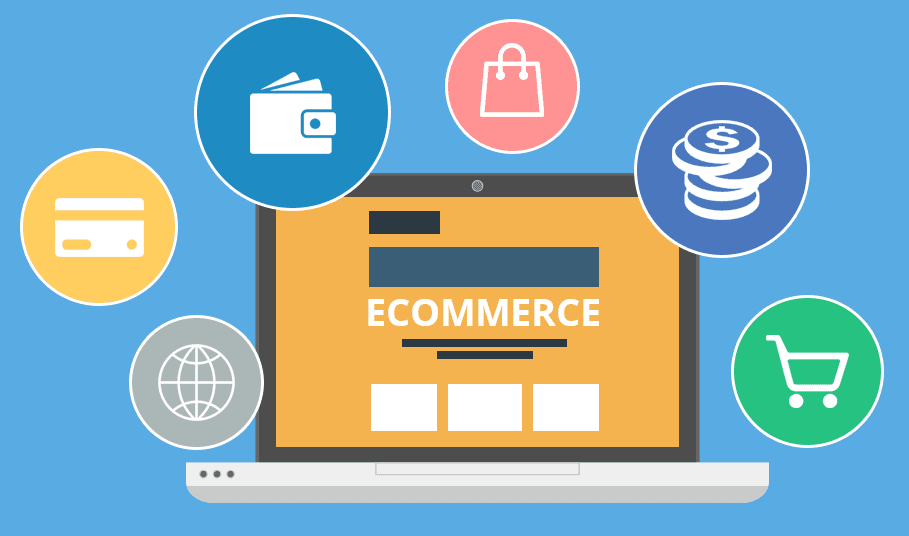Some could argue that normalcy is gradually returning to our lives, but neither the day-to-day nor eCommerce will ever be the same. On the plus side, in addition to the hurdles of adjusting, the last few years have opened up several prospects for innovation in the eCommerce market.
We’ve compiled a list of the 2022 eCommerce development trends that everyone should be aware of in order to stay ahead of the competition.
With these patterns in mind, the future of eCommerce development is much easier to anticipate and know where your company should be going. Let’s get started!
eCommerce Machine Learning and Data Science
The importance of artificial intelligence (AI) in the future of eCommerce is not surprising. AI technology, particularly machine learning, has already had a significant impact on the sector, and it will continue to evolve in 2022.
eCommerce stores now have access to more information and data than ever before. There are insights about client behavior, such as what prompted or stopped a purchase, how they interact with various channels, and so on. Machine learning may assist retail and other eCommerce organizations in analyzing all of this data in order to create targeted ads and make other sound business decisions.
Here are some examples of how to incorporate machine learning and data science into eCommerce:
Personalized Recommendations
Have you ever had the impression that your computer knew you better than you knew yourself? This is becoming increasingly prevalent as AI technology is being integrated into many major websites. This is evident in Amazon’s online shopping marketplace, where your individualized recommendations are prominently displayed. Artificial intelligence can provide clever recommendations about similar things you’ll be similarly interested in based on data from your previous buying activities.
How important are AI recommendations? According to Question Pro, Amazon improved sales by over 30% after adding personalized content to their site. We’ve all fallen for a recommended product, which contributes to a more efficient purchasing experience for both customers and businesses.
Optimized pricing
Online shoppers are typically more price-sensitive and more likely to check costs with competitors than in-store shoppers. This problem is solved by implementing dynamic pricing. Machine learning can give relevant data and change prices by evaluating multiple criteria at the same time, such as customer type, day of the week and time of day, rival pricing, product demand, and so on.
Supply and demand management
To meet the needs of their customers, every online store must maintain track of their inventory. These requirements alter over time, which might result in unnecessary expenses and dissatisfied customers. Forecasting demand and proactive supply and demand management can be crucial for online retailers. You can gather data to see quantitative, accurate real-time forecasts about the inventory by applying machine learning and developing an AI-powered system.
Chatbots
People used to have to rely on a live customer service representative to answer queries regarding shipping, items, and orders, but now the computer can handle it. Chatbots are a type of AI technology that leverages data to answer even the most complex questions. These online assistants may answer questions, assist with orders, and even arrange reservations.
1-800-flowers, a bouquet expert, was one of the first organizations to use chatbots for their customers. You may simply obtain support with a purchase and even send flowers to a loved one via their Facebook message bot. It’s simple to use, and it’s a terrific alternative to traditional online purchasing.
Eco-friendly and sustainable company
Sustainable eCommerce is not a new trend, but being an environmentally responsible firm is critical in 2022. Going green has been slowly moving up over the last 5 years, and there are still evident benefits of going green for a business.
Sustainability is becoming more and more of a defining factor of how your company is perceived as a result of multiple changes in legislation, countries pledging to go for 0 emissions, advancements in climate-neutral delivery, and the relevance of reusable or biodegradable packaging, increased attention to product characteristics, and environmentally friendly order fulfillment. It’s no longer about good PR since a cultural shift in values is taking place.
Multichannel shopping
Multichannel eCommerce will be the most effective technique to reach today’s clients in 2022. Online markets like Amazon are undeniably popular, and the number of marketplaces is growing. For sellers, this implies a variety of new sales avenues to explore.
Social media is another behemoth that today’s customers and businesses must contend with. Integrating shopping options across social media platforms, such as Instagram Shopping, can help you with product discovery, brand exposure, and community building.
Conclusion
The 2022 eCommerce trends stated above provide numerous options this year to differentiate yourself from the competition, improve your consumer buying experience, and have a great business year. Don’t be hesitant to face problems and new technology head on and capitalize on innovation!

Leave a comment